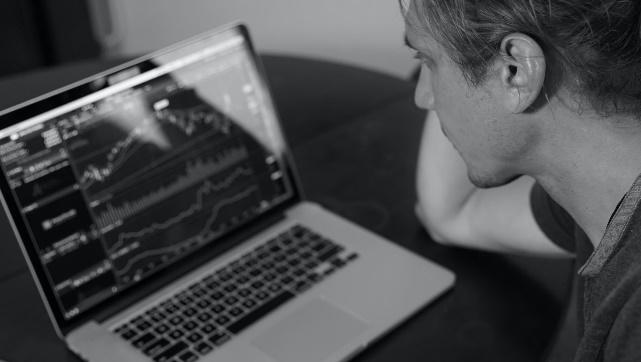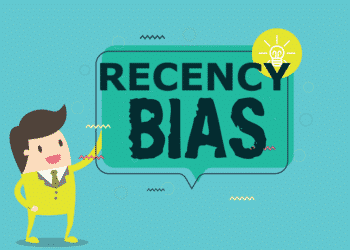It’s common to feel like your heartbeat speeds up when you’re about to place a trade. Even professional traders experience this, although the way the state of being alert manifests itself is drastically different compared to many inexperienced traders.
For many new traders, stress becomes the cause of missing entries, chasing the market, and eventually taking losses afterward.
So, if both groups of traders feel the “stress,” why would it be the natural part of the process for one and a disaster for another? Let’s find out!
Know the difference – positive stress versus negative distress

Different people handle stress differently in the same situation. Let’s look at two common examples where it can happen.
Many people that engage with foreigners for the first time in their lives feel a great deal of stress. Even if you somehow know the common language, the very fact that you might look silly struggling to express yourself gives enormous pressure, blocking your mind from using even those pieces of vocabulary that you already know. You feel stunned, extremely awkward, ashamed, and even frightened.
Now, think of somebody who’s often in a multilingual environment. The person might only know a hundred words in the language of the speaker of another language. But how does he use them? He gets alert, curiously listens, catches the keywords, and responds with the words that he knows in the way he thinks makes sense.
There’s no embarrassment, only total focus on the person and the goal of the conversation. Usually, most of the common day-to-day issues can be solved in this way.
In the first example, we feel demobilizing stress that freezes us, making us unable to deal with the circumstances. In the second example, although we also feel tension, it activates our alertness to use our “method” of communication better!
The first person interpreted the situation as an uncontrollable horror, while the second person acted upon stress by focusing more on executing “the plan” to the best of his ability. In the first case, we see negative distress, and in the second case, it’s positive stress.
Positive stress prompts the “fight or flight” instinct, mobilizing our body and mind to avoid any damage. The distress is paralyzing, which even magnifies the danger. Whether the stress would manifest itself as positive stress or distress will often depend on our preparation and experience.
How to recognize the kind of stress in trading

When you have money at risk, you will feel stress. It’s unavoidable. In fact, you shouldn’t avoid it. Positive stress is our edge in the ever-changing market environment.
Automated trading systems are not subject to stress. However, markets are incredibly complex, and machines, in general, suffer losses when the markets evolve. On the other hand, traders who can navigate through their emotions, decipher the changes in the market environment, adjust, and thrive.
How do you know if what you feel is positive stress or debilitating distress? Look at the background of your trading.
Do you trust your trading strategy? Have you tested your strategy over 100 trades in real-time? Do you use proper risk management? If your answer is yes to all these questions, the stress you feel is positive stress. It’s actually performance-enhancing stress.
It’s likely distress If you have doubts about the answers to those questions. You either don’t have a strategy, or you don’t follow that strategy. Distress in trading is a good sign that you aren’t prepared and inexperienced. Distress comes with the feeling of being unable to gain control over the situation and gain consistency in your trading – understanding it is itself a good sign.
How to use the stress in the right way
Here are some tips on using the stress the right way and not allowing it to turn into distress.
1. Develop an intimate relationship with your trading strategy. The excellent way to achieve that is to perform at least 100 trades live or on a simulator to link your mind with the market. It will get you acquainted with how your strategy performs in different market environments.
2. Keep your losses small. Big losses cause a lot of distress. If you’re a short-term trader, daily loss limits will be extremely helpful.
3. Build the right mindset, which allows you to stay confident, positive, and resilient. Have you ever seen yourself bouncing back from losses before? In the previous article, we talked about how to break a losing streak.
Final thoughts
Distress happens when we allow our minds to interpret the situation dangerously. There is no way to eliminate stress from trading, and we shouldn’t, as stress enhances our trading performance. Our job as traders is to have a clear set of rules, build the right mindset, and keep our motivation and confidence running high at all times. Distress kills confidence. The distress is your internal clock telling you, “this is not safe.” If you’re not listening to it, you’ll soon see the negative results that you’re worried about coming to fruition.







